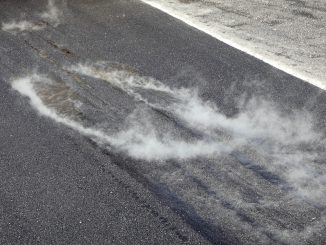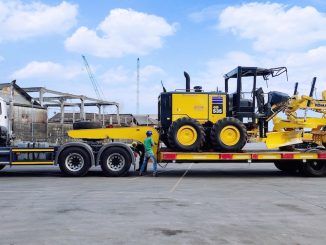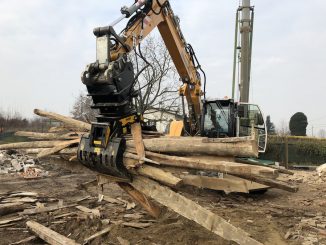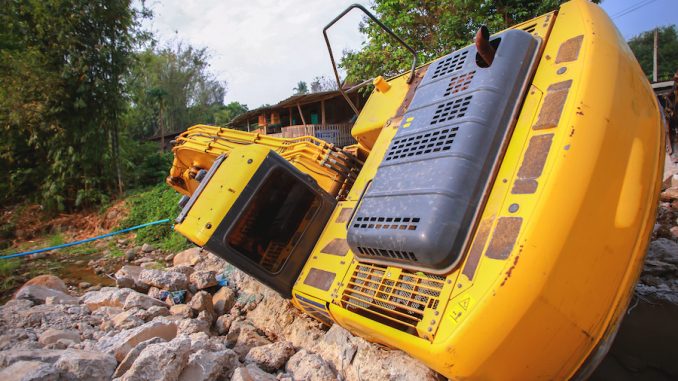
View the complete article here.
The efficacy of earthmoving equipment is only as good as the maintenance and expertise behind its operation. This guide will reveal the critical mistakes often made in the use of earthmoving equipment—highlighting the importance of regular maintenance, proper operation, and the pivotal role of skilled personnel in optimizing efficiency and safety on the jobsite.
Lack of Regular Maintenance
Maintenance is the backbone of operational efficiency when it comes to earthmoving equipment. Regular maintenance schedules are critical for several reasons. Firstly, they ensure that the equipment is operating at peak efficiency, which is essential for meeting project deadlines. Secondly, maintenance checks allow for the identification of minor issues before they escalate into major problems that could halt operations entirely. Regular maintenance also plays a role in upholding the manufacturer’s warranty requirements, ensuring that any necessary repairs or replacements are covered.
Consequences of Neglecting Maintenance
The consequences of neglecting regular maintenance can be dire. Without proper maintenance, equipment is prone to unexpected breakdowns—which can lead to costly delays in project timelines. Beyond the direct impact on productivity, there is also a significant safety concern. Earthmoving equipment that is not well-maintained poses a risk to the operator and others on the job site. For example, failure to maintain hydraulic systems can lead to catastrophic failures—where equipment may collapse or operate uncontrollably. Moreover, such negligence can lead to increased wear-and-tear, reducing the lifespan of the machinery and resulting in increased long-term costs.
Best Practices for Maintenance Routines
The best practices for maintenance routines start with adhering to the manufacturer’s guidelines for each piece of equipment. Schedules should be created for daily, weekly, monthly, and annual maintenance tasks. A daily routine might include checking fluid levels, inspecting tires or tracks for wear, and ensuring that all safety devices are functioning correctly. Weekly checks might involve more detailed inspections of hydraulic systems, while monthly and annual routines might include professional inspections and servicing.
Improper Use of Equipment
Improper use of earthmoving equipment occurs when machines are used in ways that they were not designed for or when operated beyond their recommended capacities. This can happen due to lack of knowledge, disregard for operating instructions, or attempting to save time or resources by using whatever equipment is at hand for tasks it isn’t suited for. For example, in most cases, using a backhoe for heavy lifting tasks that require a crane or utilizing a bulldozer for fine grading work can both be considered improper uses.
Examples of Common Misuse and Its Impact
Misuse of earthmoving equipment can take many forms—but some common examples include overloading, using the wrong attachment for the job, or operating the machinery on unsuitable terrain. Overloading a piece of equipment like an excavator can lead to premature wear of the hydraulic system and structural components—while using the wrong attachment (like a bucket that is too large for a loader) can result in reduced control and efficiency, and potentially cause tipping accidents.
Tips for Ensuring Proper Use
To ensure proper use of earthmoving equipment, comprehensive training for operators is essential. Operators should be made familiar with all the equipment they might use and should be specifically trained on the capacities and appropriate uses of each machine. Clear, accessible operating instructions should be provided for all equipment.
Planning is also critical. Before beginning a project—the tasks should be analyzed, and the correct equipment should be chosen for each job. This process should consider the size, weight, and nature of the material being moved—as well as the conditions of the worksite.
Regular inspections can help identify when equipment is being misused. Inspectors should look for signs of stress on the machinery—such as cracks, dents, or abnormal wear patterns that might indicate overloading or use in inappropriate conditions.
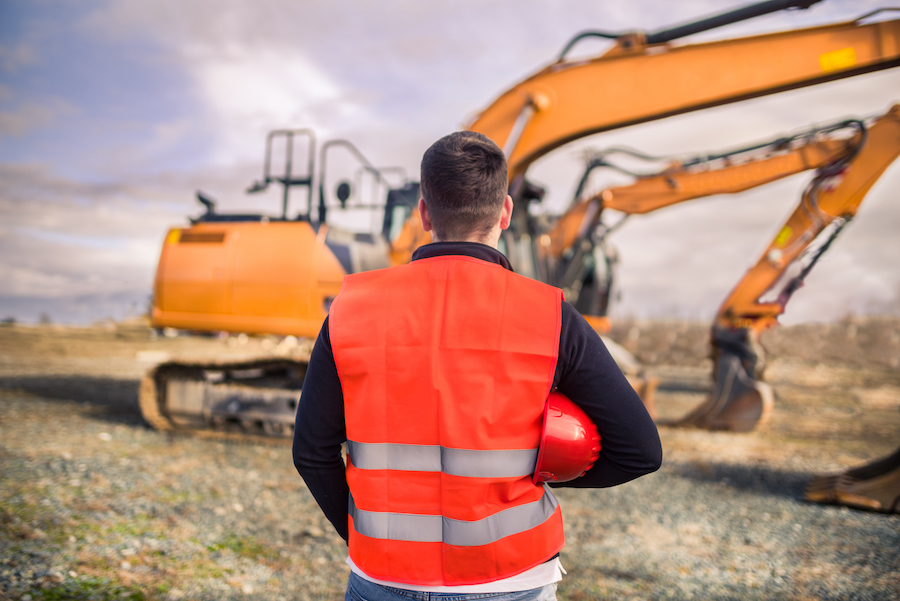
Inadequate Operator Training
Skilled operators are the driving force behind the effective use of earthmoving equipment. Their expertise not only ensures that the machinery performs its tasks efficiently but also significantly contributes to the safety and durability of the equipment. Well-trained operators are adept at maneuvering machines with precision, understanding the limitations and capabilities of the equipment they handle, and making judicious decisions that affect the outcome of projects.
Risks Associated with Untrained or Poorly Trained Operators
Untrained or inadequately trained operators are more likely to commit errors that can result in accidents, damage to the equipment, or harm to other workers. These errors can range from simple operational mistakes to serious safety violations. Untrained operators may also use the equipment inefficiently, leading to excessive wear-and-tear—which can accelerate the need for repairs and shorten the equipment’s service life.Set featured image
Strategies for Effective Training and Certification Programs
To mitigate the risks associated with untrained operators, it is vital to implement comprehensive training and certification programs. These programs should include:
- Hands-on training: Operators must receive practical, hands-on experience with the equipment under the guidance of experienced professionals.
- Classroom instruction: This should cover the theoretical aspects of equipment operation—including safety protocols, equipment mechanics, and emergency response procedures.
- Simulation-based training: Simulators can provide a risk-free environment for operators to practice and hone their skills.
- Certification standards: A formal certification process helps ensure that all operators meet a defined standard of competence.
- Continuing education: Refresher courses and ongoing training sessions can help operators stay current with new technologies and evolving best practices.
- Mentorship programs: Pairing novice operators with seasoned veterans can facilitate on-the-job learning and reinforce best practices.
Not Adapting to Weather and Site Conditions
Earthmoving operations are profoundly affected by weather conditions and the nature of the site terrain. Weather can vary from extreme heat to freezing temperatures—and terrain can range from stable, level ground to uneven, rocky surfaces. These conditions can influence the operability of machinery, the safety of the operators, and the overall progress of a project. For example, rain can create slippery conditions or cause erosion—while wind can affect the stability of lifted loads.
Mistakes Made in Not Adapting Equipment and Operations to These Conditions
One common mistake is failing to adjust the use of equipment to the conditions at hand. For example, not using the correct tires or tracks for muddy conditions can result in vehicles becoming stuck or losing traction. Similarly, failing to consider the impact of frozen ground can lead to ineffective digging operations and potential damage to the equipment. Another mistake is not modifying operation schedules to account for shorter daylight hours or extreme weather, which can lead to rushed work and increased accidents.
Guidelines for Adjusting to Different Environmental Factors
Adapting to environmental factors requires a proactive approach, including these guidelines:
- Conduct site assessments: Prior to beginning work, conduct thorough assessments to understand the environmental conditions and their potential impact on operations.
- Use weather-specific attachments: Equip machinery with attachments designed for specific conditions, like wider tracks for soft ground or reinforced blades for rocky terrain.
- Adjust schedules: Adapt work schedules to fit with the safest and most productive times of day, considering factors like heat and light.
- Implement weather-related protocols: Develop and enforce protocols for operations during adverse weather—such as high winds or lightning, which may require halting work for safety.
- Train staff: Ensure that all staff are trained on how to adapt to changing conditions, including the safe operation of equipment under various scenarios.
- Regular maintenance checks: Adjust the frequency and type of maintenance checks to account for the wear-and-tear caused by harsh conditions.
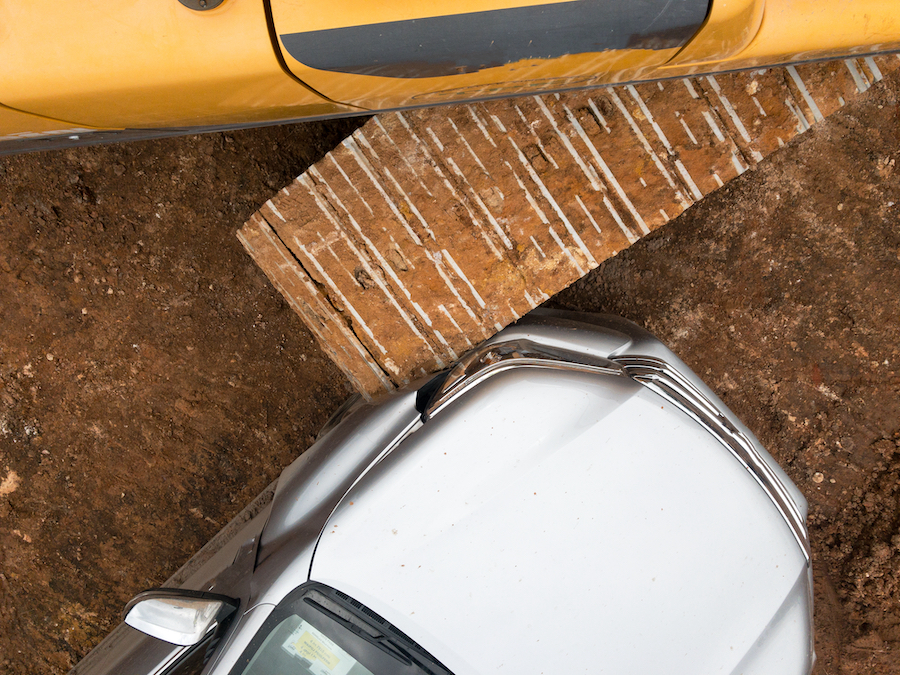
Ignoring Safety Protocols
Safety protocols serve as the blueprint for safeguarding operators and personnel around earthmoving equipment. These protocols include a comprehensive set of guidelines such as conducting pre-operational checks, wearing the proper personal protective equipment (PPE), adhering to load limits, and following communication signals during operations.
Commonly Overlooked Safety Measures
Despite their importance—certain safety measures are frequently overlooked due to complacency, haste, or a lack of awareness. Skipping daily inspections, ignoring warning signals from equipment, operating machinery without seat belts, and neglecting the use of spotters for blind spots are common examples of overlooked safety practices. Even simple measures like maintaining three points of contact when climbing on or off machinery can be disregarded, leading to preventable injuries.
The Impact of Ignoring Safety Protocols on Accident Rates and Project Delays
Accidents can range from minor incidents requiring first aid to major ones necessitating emergency medical services or resulting in fatalities. Each accident has a ripple effect—causing project delays due to investigations, equipment downtime, and the loss of skilled labor. Moreover, the psychological impact on other employees can lead to decreased morale and productivity. From a business perspective—accidents also mean higher insurance premiums, potential legal liabilities, and damage to the company’s reputation.
Conclusion
No matter how prepared you and your team can be, accidents are still inevitable over the course of time. For that reason, try to remember these key pieces of wisdom:
- Adhere to regular maintenance: Commit to routine maintenance checks as per the manufacturer’s guidelines to prevent breakdowns and ensure equipment longevity.
- Prioritize training: Invest in comprehensive operator training to avoid the costly errors that stem from inexperience or lack of knowledge.
- Heed safety measures: Never sidestep safety protocols—they are the lifeline that protects both personnel and machinery from harm.
- Select suitable equipment: Match the machinery to the task at hand, considering the equipment’s capacity and the nature of the material and terrain.
- Adapt to conditions: Stay vigilant and adaptable to changing weather and site conditions to maintain operational efficiency and safety.
- Perform regular inspections: Establish a regimen of regular equipment inspections to detect and address signs of misuse or stress.
- Foster a safety culture: Cultivate a worksite ethos where safety and proper use of equipment are paramount and universally upheld.
By integrating these practices into daily operations, we can ensure that our earthmoving equipment remains a steadfast ally in the face of demanding construction challenges.
View the complete article here.
Why is regular maintenance crucial for earthmoving equipment?
Regular maintenance ensures peak efficiency, timely project completion, early issue identification, and upholds warranty requirements.
How can operators ensure proper use of earthmoving equipment?
Operators should undergo comprehensive training, follow equipment guidelines, match machinery to tasks, plan tasks based on site conditions, and conduct regular inspections to prevent misuse and accidents.






































